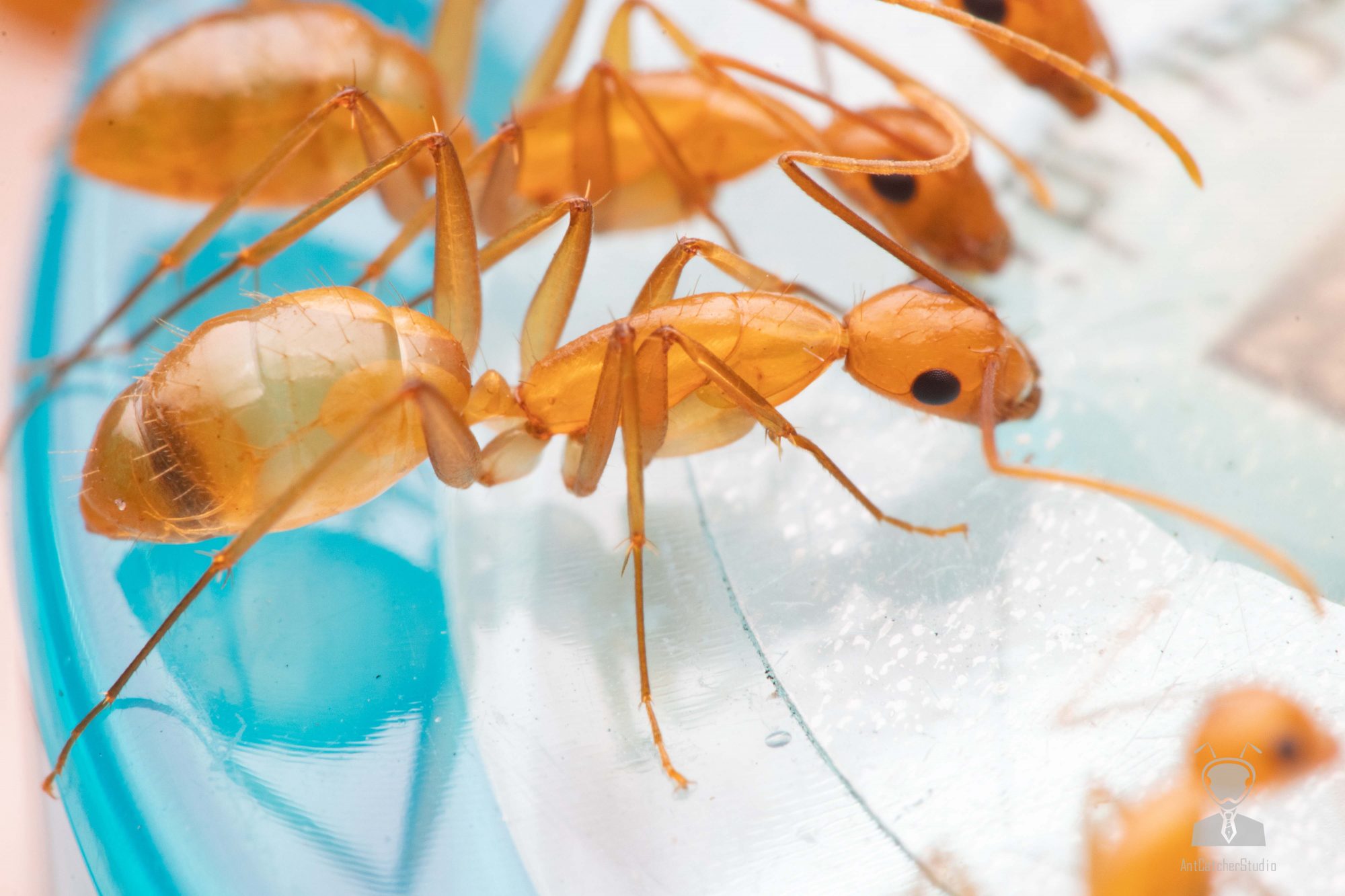
文章目錄
簡介
全台灣最美的螞蟻【甜蜜巨山蟻】,蜂蜜琥珀的體色,讓其非常吸引眼球,數量極為稀少,新后採集困難,一整年的產量非常有限,是許多養蟻玩家的最愛。雜食偏素食、溫溼度容忍範圍廣、容易飼養,不用溫控,是非常適合初學者入門的螞蟻!
蟻種資訊
甜蜜巨山蟻學名:Camponotus variegatus dulcis |
|||
|---|---|---|---|
|
體色如蜂蜜色,屬於較少見的非大自然色,體表具稀疏直立毛,大型工蟻頭部顏色較深。 甜蜜巨山蟻為單蟻后型的螞蟻,成熟蟻巢由1隻蟻后及約2000~5000隻的職蟻組成。甜蜜巨山蟻屬雜食偏素食性的螞蟻,在野外以植物花蜜、蜜腺分泌或小型昆蟲為食,在台灣主要分布在南部地區,築巢於倒木、腐木中,夜行性,數量分布稀少,較難在野外發現其蹤跡。 飼養容易,以飼料為主食,使用石膏蟻巢、加氣磚、試管飼養。室溫環境下給予水塔即可,美麗的體色使其成為許多養蟻玩家的最愛。 |
|||
飼養資訊 |
|||
飼養容易度 |
容易 | ||
溫濕度控制 |
不超過33度,溫濕度容忍範圍廣 | ||
生產速度 |
快速 |
個性 |
溫和膽小 |
生物學資訊 |
|||
制度 |
單后制 |
食性 |
雜食偏素食性 |
巢型 |
倒木、腐木、枯木 |
特有種 |
台灣特有亞種 |
體長 |
蟻后 |
約10〜12mm | |
兵蟻 |
約7〜9mm | ||
工蟻 |
約5〜8mm | ||
購買連結
清晰照片



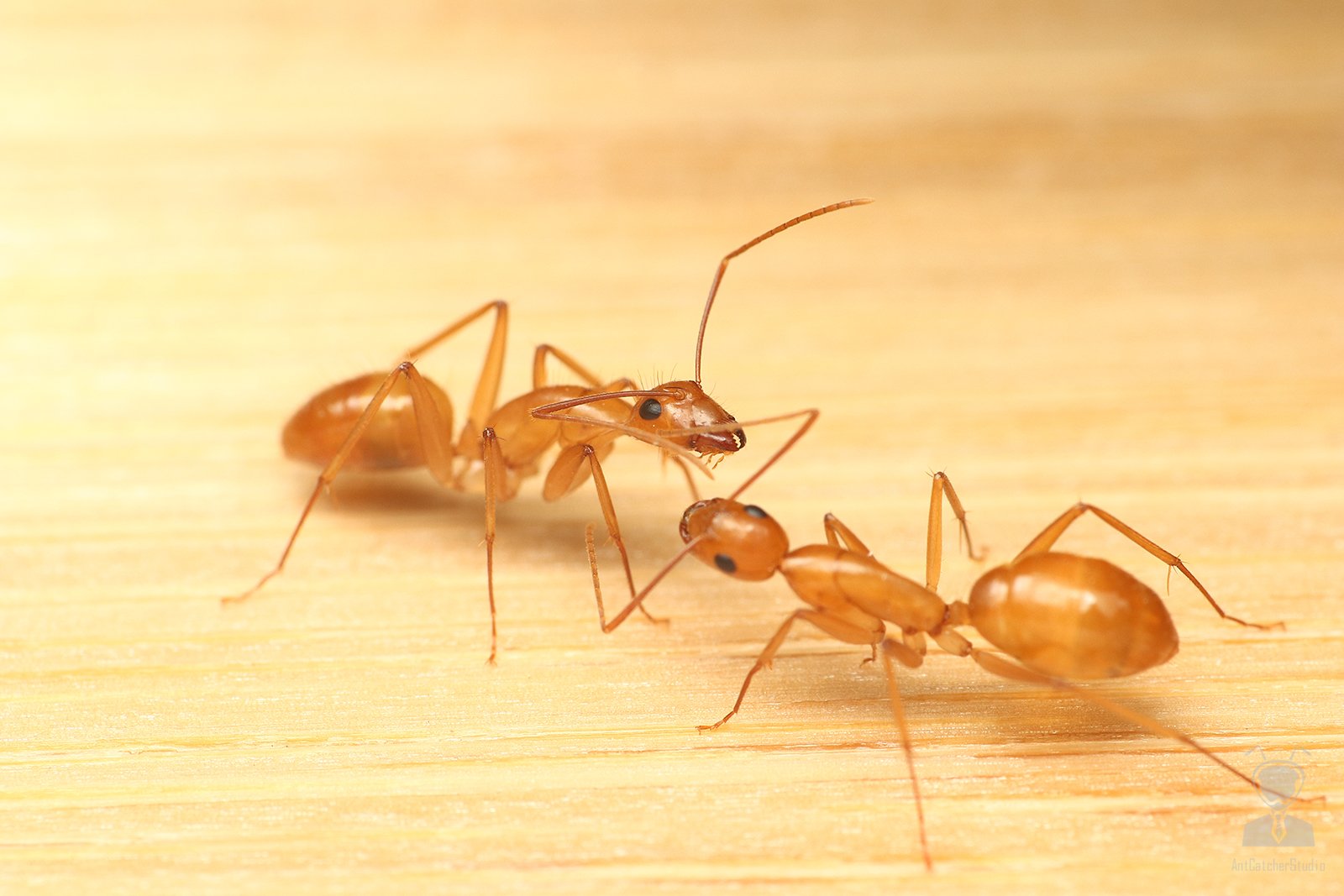

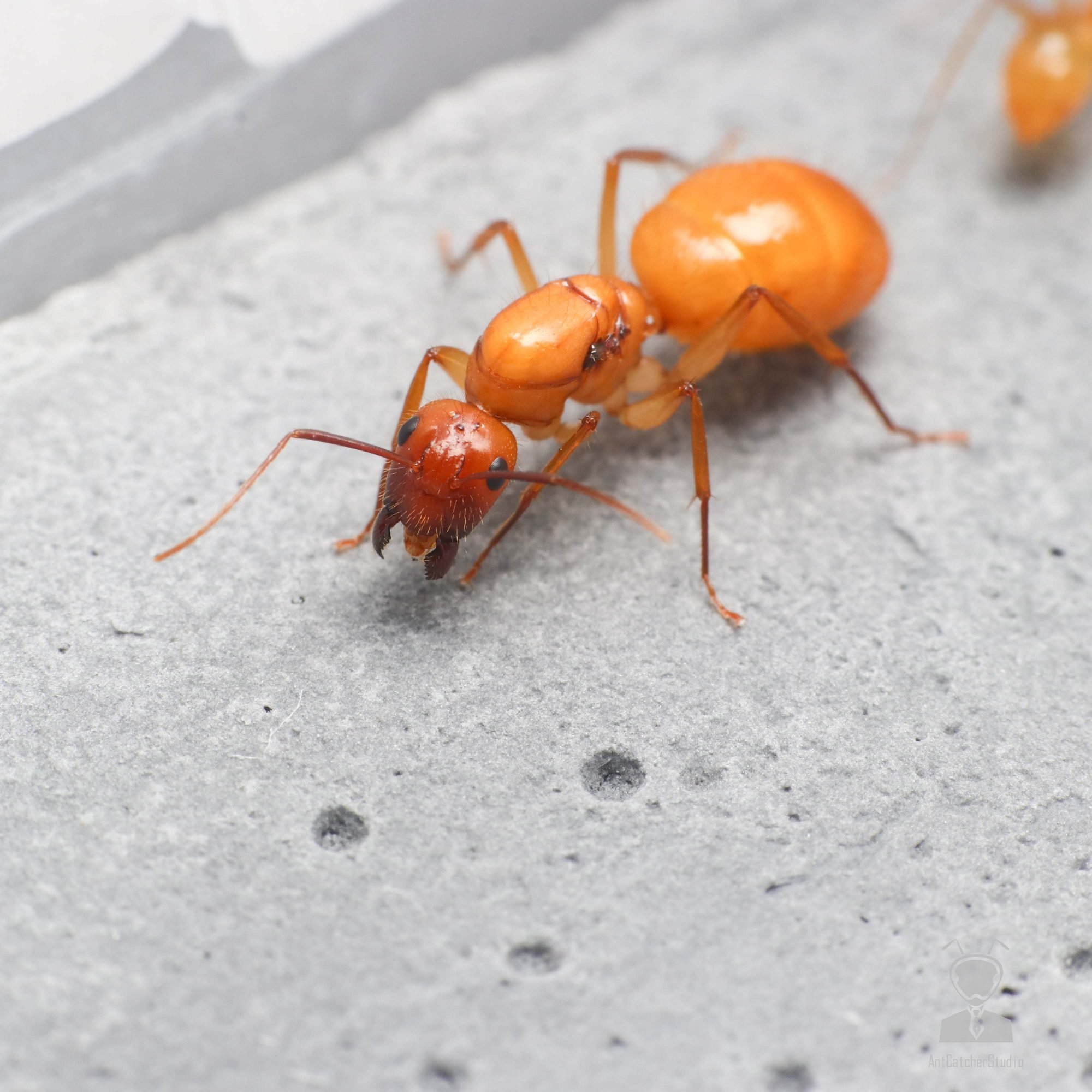

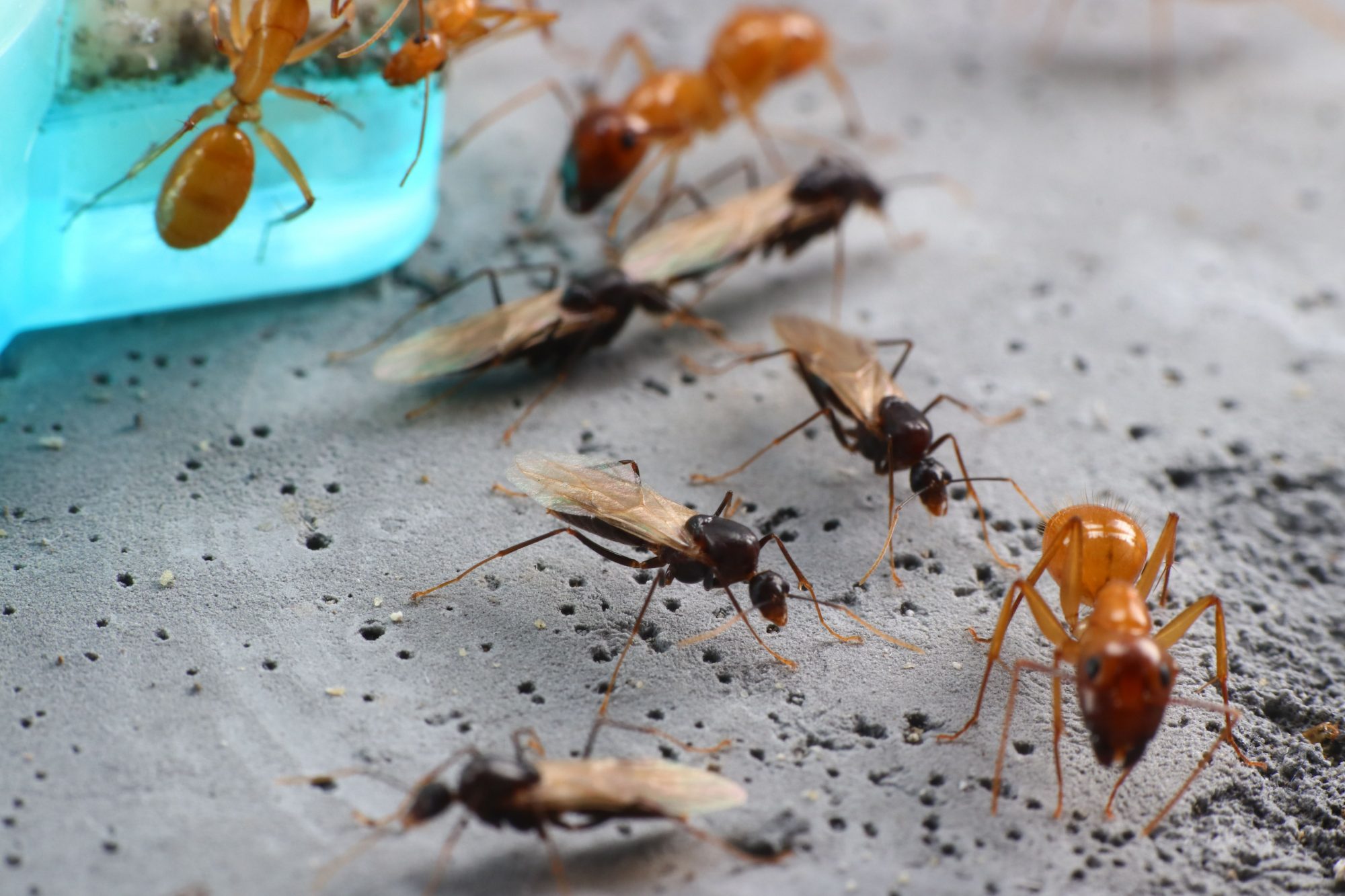
詳細飼養方式

如何飼養甜蜜巨山蟻?飼養容易,以飼料為主食,使用石膏蟻巢、加氣磚、試管飼養,於室溫環境下給予水塔即可,有「全台最美螞蟻」的稱號,容易飼養、稀少的數量加上美麗的外觀,使其成為許多養蟻玩家的最愛。這個章節將會說明甜蜜巨山蟻,在新后到成熟群落的各階段,該如何飼養,以及該注意的地方。
花費時間 至少: 365 days
新后,尚未有工蟻
使用堵水試管培養,溫度維持25~30度,放置黑暗環境,靜待約一個月,蟻后會開始產卵並孵育。期間可以不餵食,也可成功出工,但建議維持每週餵一次的頻率,如此一來,卵、幼蟲、繭的數量會明顯增加,並且可幫助虛弱蟻后補充能量。
新后,出1~20隻工蟻
首批工蟻出生後,開始增加餵食頻率,依照群落發展狀況調整,從1週1次~1週3次皆可,儘量不要讓蟻后產卵頻率中斷,餵食份量適量,切勿給太多,以免食物發臭,此階段不建議餵食活體。
小群落,20~100隻工蟻
隨著人口增加,試管空間逐漸不足,此階段可提供石膏蟻巢、加氣磚蟻巢、或是新增1根堵水試管供群落居住,搬家過程務必使用引導方式,不可暴力倒出,以免蟻群受驚嚇,導致蟻后停產。依照取食狀況調整餵食頻率,從1週1次~1週3次,可開始給予活體食物(非必要),活體務必燙熟或是弄殘,螞蟻有將食物搬回巢穴的習慣,因此活體建議越少越好,以免螞蟻吃不完,導致蟻巢嚴重發霉。
中小群落,100~1000隻工蟻
視狀況為群落提供更大的蟻巢,人口增加,蟻群食量也增加,因此也要增加餵食頻率,依照取食狀況,一週餵食2次~4次。
成熟群落,1000隻工蟻以上
甜蜜巨山蟻成熟群落,工蟻數量上限約在2000~5000隻左右,此階段將開始產出雄蟻、處女蟻后等階級,依照取食狀況,每週餵食5~7次。
常見疑問
甜蜜巨山蟻婚飛時間?
通常於5月~9月都會婚飛,經驗上,下午5點到清晨5點都有機會抓到。
甜密巨山蟻哪裡抓?
主要分布在台灣南部,較少人為破壞;自然環境較好的地方,要注意的是,甜密巨山蟻蟻后不趨光,所以無法在路燈下輕易發現。
甜蜜巨山蟻好養嗎?
非常好養!很適合初學者。
在我們經驗中,甜蜜巨山蟻的婚飛時間全天候24小時都有可能,主要集中在下午5點~晚上10點,甜蜜巨山蟻不趨光,意味著在路燈底下找不到蟻后的蹤跡,這也使甜蜜巨山蟻的採集難度大幅提高
其他山蟻亞科蟻種
白疏巨山蟻 Camponotus albosparsus
腹部有兩個小斑點,吃飽撐大後尤...閱讀更多
台北巨山蟻 Camponotus Formosensis
台北巨山蟻是全台灣最大的螞蟻,...閱讀更多
臭巨山蟻 Camponotus habereri
台灣特有種,頭胸為紅褐色,腹部...閱讀更多
長痕棘山蟻 Polyrhachis rastellata
你覺得這篇文章如何? 點擊評分...閱讀更多
本站竭盡所能檢驗資料正確性,但仍可能有部分內容錯誤或未及時更新,還請您海涵,也歡迎來信指正錯誤之處。
本公司具有本站所有原創文字、原創圖片之完全版權及著作權,本站原創內容採 CC BY-NC-ND 3.0 ( 姓名標示 – 非商業性 – 禁止改作 )方式授權您使用,但尤其嚴禁轉載、編輯至百科類網站 (包括但不限於維基百科 ) 。
針對侵權行為本公司將直接對行為人要求索賠。第三方單獨授權本站使用之文字、圖片,本公司亦有維護原作者權益的責任。
本站除原創內容外還有部分內容來自開放版權內容和對已公開發表的文獻的利用與整理,所引用之相關圖片、文字將會進行標註說明。
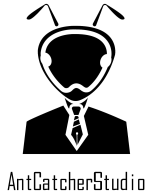

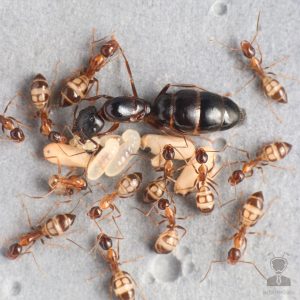

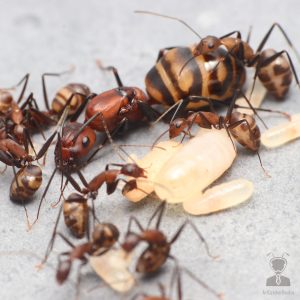

讚讚
感謝